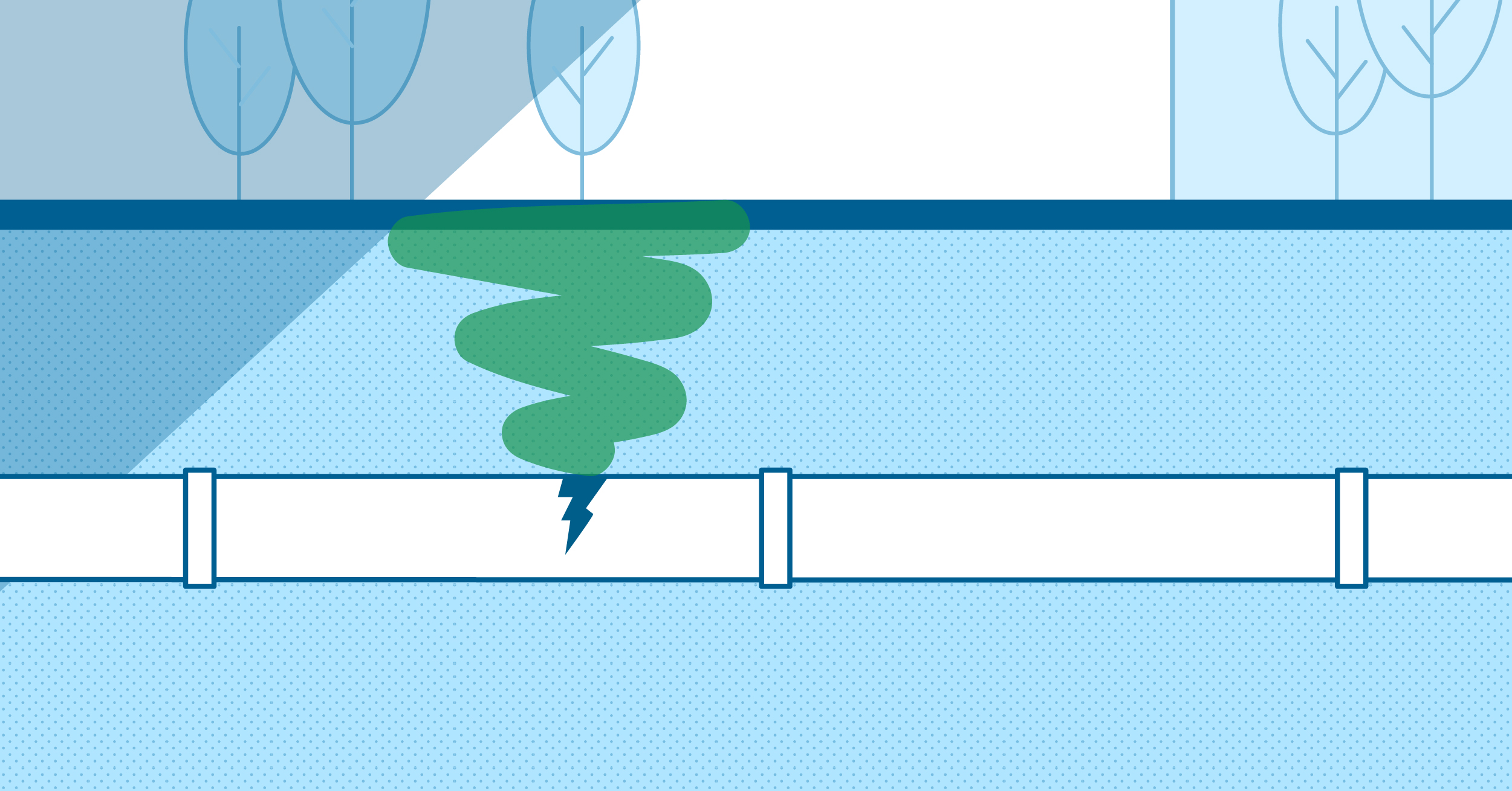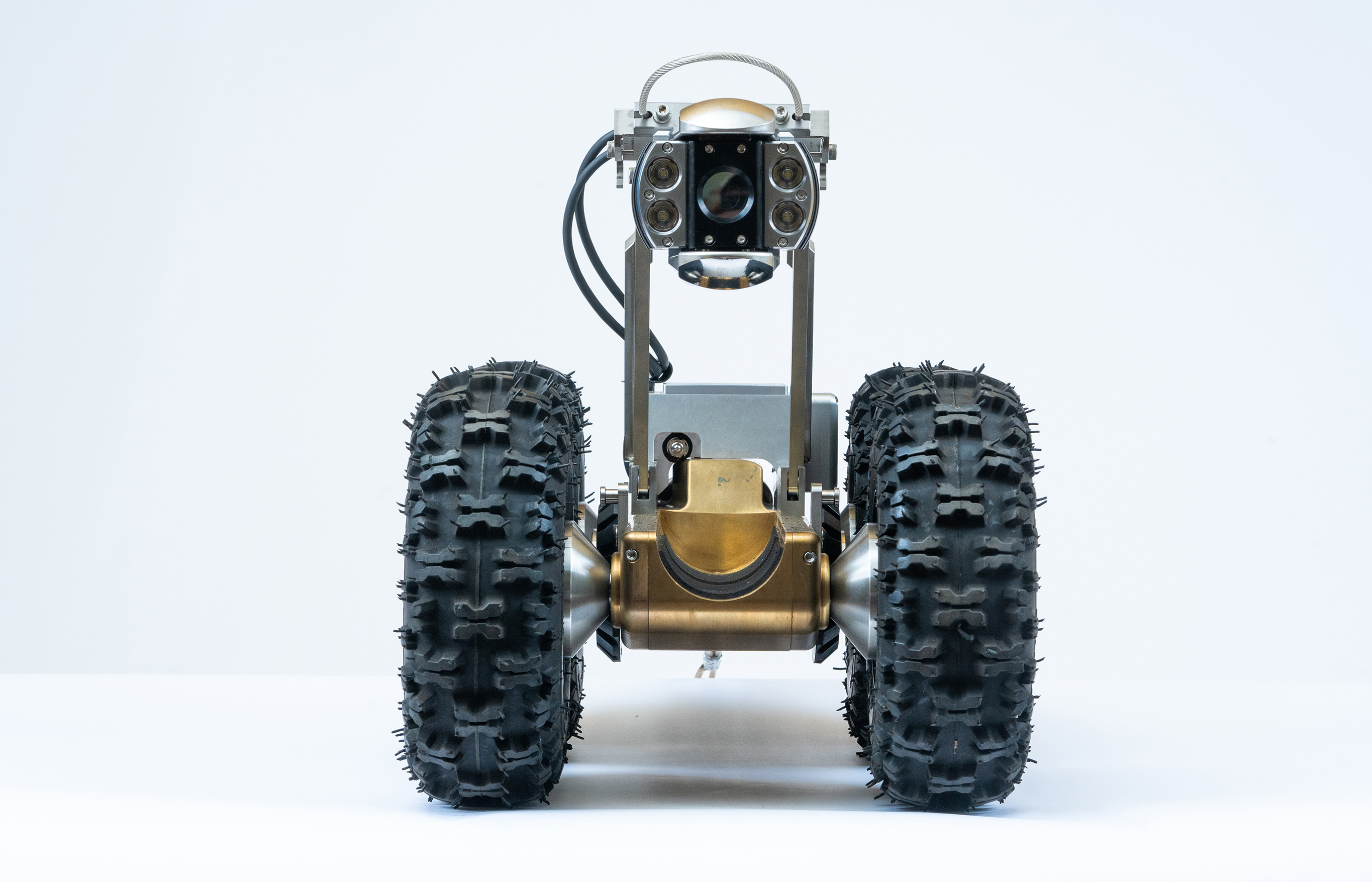
News

When it comes to environmental regulations, most of the municipalities we talk to have their hands full. The U.S. Environmental Protection Agency has stringent laws to follow, and state agencies frequently add their own requirements on top of them.
Failure to comply could result in hefty fines, but it could also lead to public backlash. As local residents become better informed and more mindful of the environment, fines and penalties could lead to decreased trust in municipalities to properly manage waterways. This damaged trust could then lead to damaged reputations.
Environmental regulatory compliance is critical from both a financial and a reputation standpoint. Fortunately, understanding where violations stem from and how to prevent them can bolster compliance and improve relationships with local residents.
Getting to the Root of Environmental Problems
In many municipalities, environmental issues stem from outdated ways of thinking.
A common belief we hear is, “If it flows, it doesn’t have problems.” However, this common motto neglects the importance of routine sewer inspections and maintenance and instead leads to a reactive response to sewer-related issues, where municipalities don’t address structural and maintenance issues until there’s evidence of overflow, leakage, or illegal discharge.
At that point, it’s not just a matter of making repairs; it’s also a matter of reporting any environmental damage, paying a fine, and managing your reputation with the public.
The Most Common Environmental & Wastewater Violations
Many environmental regulatory violations stem from standards outlined in the Clean Water Act, which was first enacted in 1948 as the Federal Water Pollution Control Act, and then expanded in 1972. Under the Clean Water Act, the EPA monitors wastewater violations in municipalities across the country.
The two most common violations we see are:
1. Overflow. Overflow occurs in two ways:
- Combined Sewer Overflow (CSO) - A CSO is when a combined sewer (one that collects runoff, rainwater, sewage, and industrial waste) overflows due to an excess of water (typically caused by rainstorms or snowmelt) and contaminates nearby bodies of water.
- Sanitary Sewer Overflow (SSO) - In an SSO, raw sewage spills into streets, properties, and nearby bodies of water, and, like CSOs, are frequently caused by excess water.
2. Leakage. Leaks occur when a sewer line becomes cracked or broken, often as a result of poor maintenance practices. In some cases, this can also include illegal discharges.
By taking proper preventative measures, municipalities can prevent CSOs, SSOs, leakage, and other common problems from occurring.

Understanding CMOM: Capacity, Management, Operations, and Maintenance
In response to environmental concerns, many municipalities are turning to CMOM Programs, which is short for Capacity, Management, Operations, and Maintenance programs. A CMOM program is a data-based strategy for improving compliance over time.
Although CMOM programs are not federally regulated, municipalities adopt them for a consistent structure and guide in preventing harmful overflows and leaks.
Here’s how each section breaks down:
Management
The management arm of a CMOM program outlines the internal components of the overall plan, digging into factors such as:
- Staffing
- Training
- Budgeting
- Scheduling
Without a thorough management structure in place, the operations and maintenance portions will suffer—especially if you’re responsible for managing aging infrastructure.
Operations
Once the management structure is in place, municipalities can focus on their operations. The operations arm of a CMOM program focuses on the strategies to ensure compliance and long-term recordkeeping. It includes policies around:
- Documentation - What will your department track surrounding maintenance, monitoring, inspections, and repairs for future reference?
- Processes - What steps will your team follow for maintenance, monitoring, inspections, repairs, and documentation?
- Safety & Emergency Procedures - What written procedures are in place for your team to follow in the event of a safety (such as sudden entrapment in a confined space) or emergency (such as a dangerous leak) event?
- Best Practices - What best practices are ideal for your department to follow?
- Monitoring - How does your team plan to consistently monitor issues within your sewer pipe systems?
Maintenance
Maintenance is the most critical portion of a CMOM program. In an ideal program, maintenance is a planned practice that keeps the team proactive instead of reactive. Maintenance can include responsibilities such as:
- Sewer maintenance and cleaning
- Equipment maintenance
- Parts inventory
- Equipment inventory
As in the Operations portion, Maintenance should include detailed recordkeeping to track when maintenance was performed, what actions were completed, and when routine maintenance for a section of sewer, equipment, or part is required next.
Capacity
Capacity is a measurement of how much sewage your collection system can manage versus how much is delivered through inflow and infiltration. In calculating the demand for capacity, municipalities explore the population being served, the total system size, the location of homes, and similar factors.
Tracking capacity relies heavily on inspection technologies. As more municipalities turn away from confined space inspections for safety reasons, they’re turning to technology like cameras, manhole inspection tools, and lateral & mainline inspection equipment.
Finding Financial Resources For Your CMOM Program With GASB34
Properly running a CMOM program can create additional financial strain, which can become especially problematic in municipalities that are already stretched too thin.
Fortunately, municipalities can access funds through standards outlined in Governmental Accounting Standards Board Statement No. 34 (GASB 34). GASB 34 establishes financial reporting standards for state and local governments, and these standards can be leveraged in a municipality’s favor for accessing government funds in support of a CMOM program.
Part of this strategy requires a shift in perspective. In many cases, sewer pipe is viewed as a liability that can break, decay, or deteriorate over time—and is typically only addressed when there is a costly maintenance issue.
But sewer pipe is an asset with value, especially when you consider that the majority of your sewer pipe is in good working order and prevents major environmental issues on a daily basis.
By properly inspecting your pipe and understanding just how much is there, you can calculate the true value of your sewer system. From there, you can ask for funds or loans based on the value of your asset, not on the cost of a new or emerging maintenance issue.
Your research in this area is also beneficial for your CMOM program because it helps you determine exactly how much money you should budget for programs on an annual basis.
Environmental Compliance With CUES
At CUES, we have a wide range of products to assist with your CMOM programs and inspections. Rely on Grout Trucks to pump grout into joints and prevent leaks, use Reinstatement Cutters to cut liners for your laterals, or contact us for help sorting through our wide range of products to find what’s best for your team!

